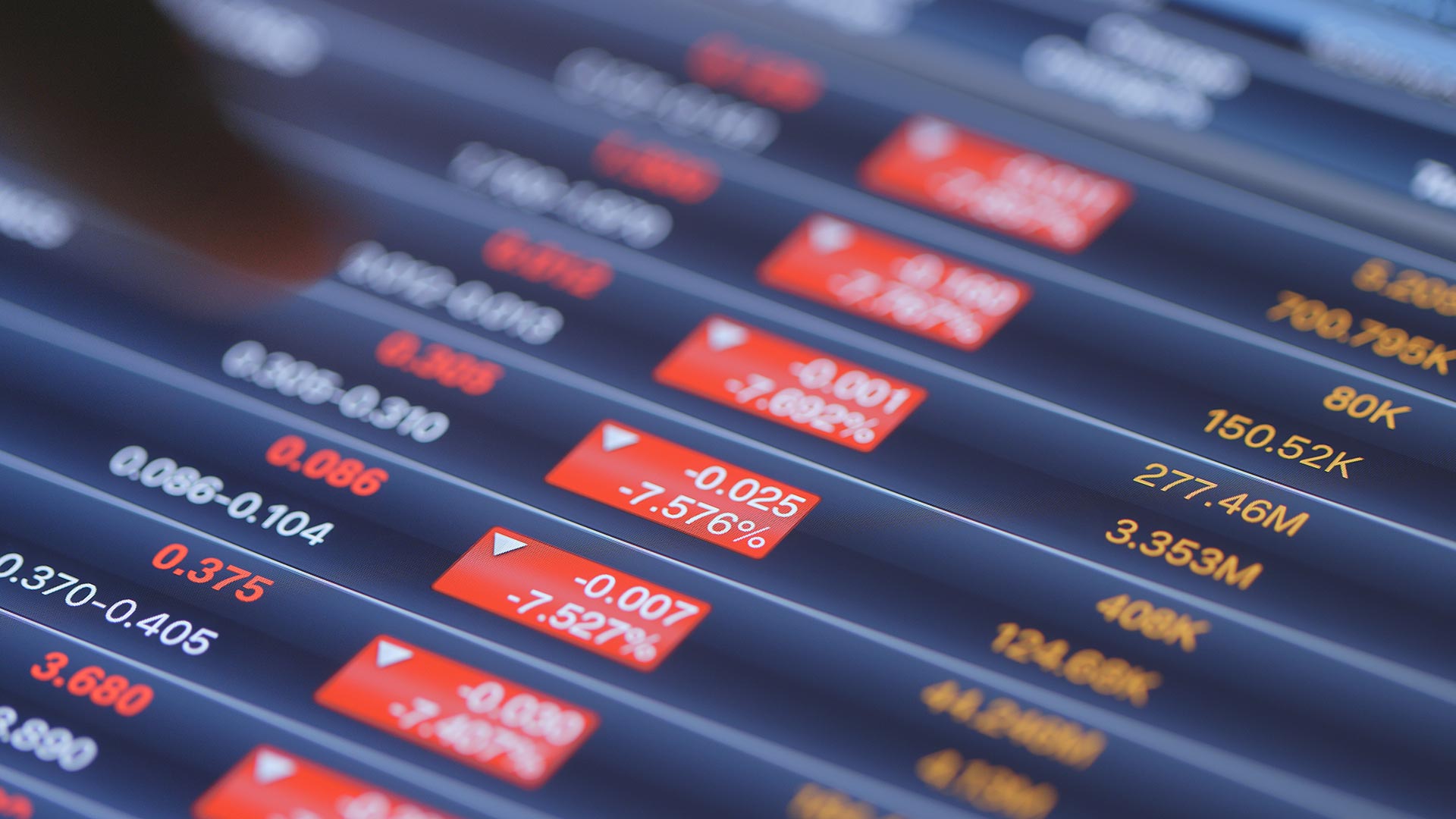A European recession is on its way according to a recent webinar by Fitch Solutions – though a considerably milder one than seen in the past.

The Eurozone is fast becoming the epicentre of the global COVID-19 pandemic, as countries in the bloc are overtaking Asian economies in terms of number of contagions and the spread of the outbreak. Indeed, with more countries imposing full or partial lockdowns along with other emergency measures, and figures showing the rate of infection rapidly increasing, it’s clear that countries such as France, Spain and Italy are going to be heavily impacted by the effect of the virus on the global economy.
Global growth to slow – temporarily
The rapid spread and macroeconomic impact of the COVID-19 virus was highlighted in the webinar on 24th March by Daniele Fraietta, Global Economist at Fitch Solutions, as he noted that just three months ago Fitch Solutions was forecasting a slight acceleration in global growth from 2019. “We are forecasting global growth to slow to around 0.8% in 2020 but dipping into recession over the course of the coming quarters as economic activity falls sharply across many markets,” he said.
However, he also noted that negative global growth is not expected for the full year because of three reasons:
-
Reasonably successful containment measures in China and South Korea have shown that the number of cases can be significantly reduced with well-designed and well-implemented containment efforts.
-
Businesses in the private sector in general have stronger balance sheets than during the last recession, which shoul help limit the impact of negative financial shock.
-
Significant fiscal monetary stimuli have either been announced or implemented already, providing a floor to growth.
It is also predicted that the sharp reduction in economic outputs, due to lockdowns and self-quarantines, will in turn cause reductions in several countries’ growths. Fitch Solutions predicts China’s growth will slow to 2.6% and Japan’s to -1.1%, while the US economy is forecast to contract by 1% and Italy’s GDP to fall by 2.9%, Spain by 2%, and France by 1.8%.
Additionally, key economies in Latin America and Africa are also expected to fall into recession. The outlook is slightly better for some Asian economies though, such as Indonesia and India, as they’re expected to hold up slightly better – although growth risks will remain.
Will history repeat itself?
Looking back at the SARS outbreak in 2003, it caused China’s economic growth to slow from 11.1% in the first quarter to 9.1% in the second. It then rebounded in the subsequent quarters with an annual growth rate of 10%. At the time, China accounted for approximately 4.2% of the world’s GDP and the global economic fallout of the pandemic was relatively mild.
Now though, 17 years later, China accounts for about one-third of global economic growth, according to Andy Rothman, an economist at investment fund manager Matthews Asia, during recent testimony before a congressional panel.
In addition to China’s larger global role, COVID-19 is also more widespread than SARS was, and therefore it’s currently uncertain whether the two could be parallels. Many experts, however, believe the impacts are going to be significantly greater than they were for SARS.
Uncertainty remains
For Tiziana Papa, Head of Europe Country Risk at Fitch Solutions, the overall impact of COVID-19 is dependent on the length and depth of the outbreak, and subsequent lockdowns. She explained that the injected stimulus is expected to only partly affect the outcome, and as a result there is no belief that there will be a V-shaped recovery.
For Papa, what differentiates this crisis from previous ones is the physical constraints on consumption, and how this eliminates a major source of resilience in the Eurozone. Indeed, private consumption accounts for of 60% of the GDP in Italy, and over 50% in Spain, France and Germany. “This can pave the way for an even deeper recession, depending on how contracted this physical constraint will turn out to be,” she said.
As a result, it is expected that households and individuals will see an increase in savings in line with stable incomes and a drop in spending opportunities, but “More significantly, we do expect a rise in lay-offs, especially in the sectors that are more directly impacted by this outbreak. This will certainly have longer-term implications on employment levels and household income.”
Debt stress continues
Papa noted during the webinar that non-financial organisations in the Eurozone are generally in a slightly better place, relative to the last financial crisis. They hold more cash in the balance sheets and have improved debt financing after years of ultra-low interest rates. However, she said, despite years of de-leveraging, corporate debt remains elevated. “This high-debt level across corporates in the Eurozone will further limit the ability of companies to navigate through the stress,” she said. “It remains to be seen to what extent state loans, credit guarantees, as well as what the central bank action will actually help ease liquidity constraints.”
It’s not all doom and gloom
The outlook isn’t entirely negative though, as Fraietta notes that “Provided the outbreak is brought back under control by May or June at the latest, we believe that economic recovery should start in the latter stages of 2020, likely in the fourth quarter, as pent-up demand returns.”